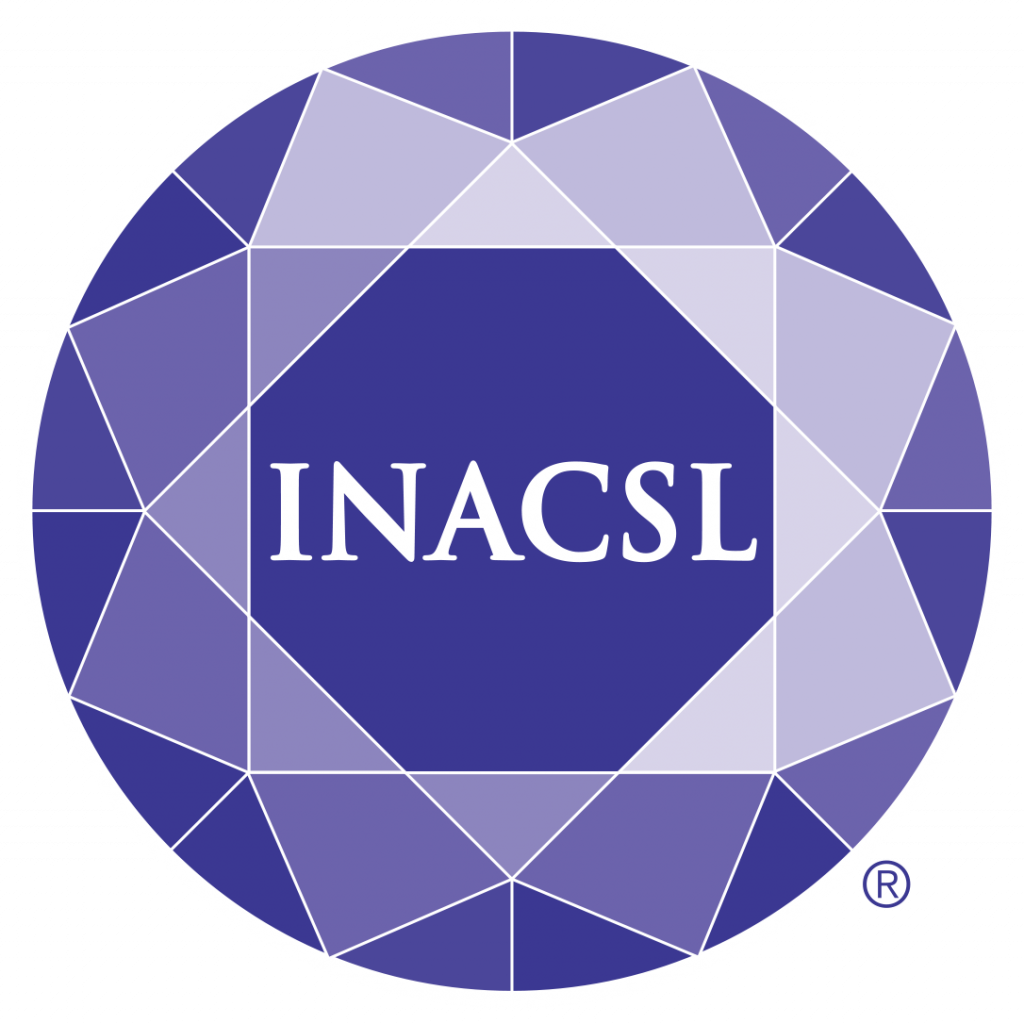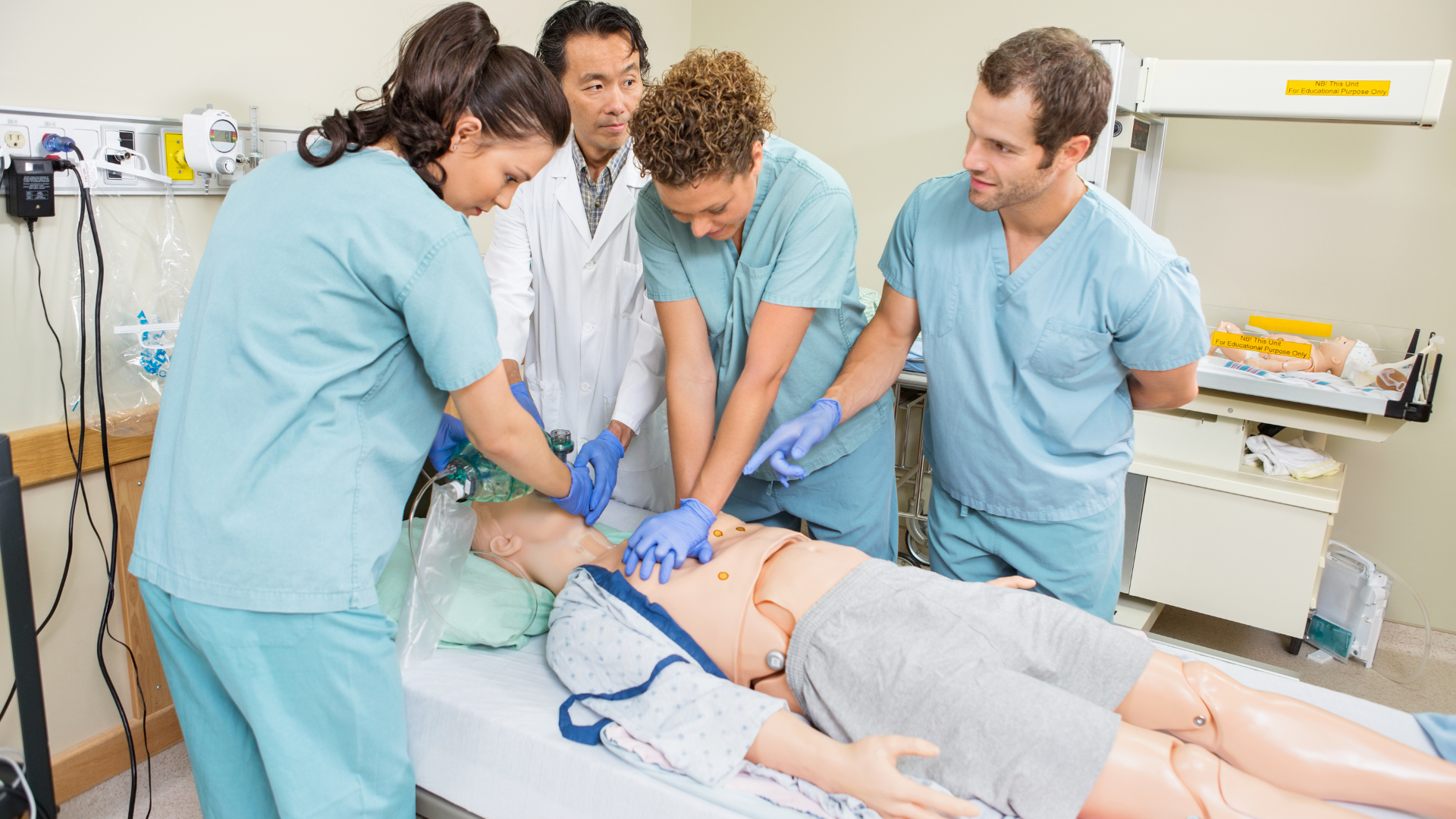In this latest feature by INACSL, the pivotal role of simulation education in enhancing patient safety is discussed. Amid growing concerns about healthcare errors, simulation presents a dynamic approach for healthcare professionals to refine their skills in a risk-free environment. From psychomotor skills to interprofessional communication, this article sheds light on how simulation aids in identifying and addressing patient safety issues, employing various methods like manikins, virtual reality, and standardized patients.
Exclusive partnership with

There is a vast amount of evidence surrounding patient safety and the best approaches to mitigate errors in the healthcare environment. We are excited to provide some insight into how and why we can use simulation to identify and make improvements in patient safety. Simulation education has emerged as a powerful tool, improving patient safety by providing a safe and controlled environment for healthcare professionals to practice and improve their skills. This can range from psychomotor skills training to complex, interprofessional communication and collaboration simulations. By utilizing manikins, virtual patient cases, extended reality (XR), or standardized patients, whether in training centers or in-situ settings, healthcare professionals can practice procedures, critical decision-making, and communication skills in a safe and controlled setting.
Steps to Mitigate Patient Safety Concerns
Human factors, system and organizational factors, communication breakdown, and individual patient responses create an environment where quality and safe patient care must remain at the forefront of healthcare workers’ minds. A quarter of a century after the sentinel report To Err is Human (Kohn et al.) medication errors, healthcare associated infections, as examples, continue to be leading causes of harm worldwide. (World Health Organization, 2023) Well-designed pre-briefs, simulations and debriefs are a strategy to train learners in knowledge, skills, and attitudes to avoid preventable harm.
With the outcome in mind, simulations must be designed to allow rehearsal of the skills necessary to promote patient safety. Beyond the technical aspects of the skills, empowering learners to contribute their expertise as a strong team member is essential to good patient outcomes. Learners must be immersed in scenarios that allow them to rehearse speaking up when something does not seem right or is being overlooked. Systems and organizations need to use simulations to train for a culture of psychologically safe work environments, inviting each professional to share their expertise and to use their voice to deliver the highest quality of safe care regardless of hierarchy.
In the simulation design, it is important to recognize that asking for help and seeking clarification needs to be seen as a sign of safe quality care and not of weakness. Simulationists can create a black box with tape on the floor to provide a “safe box” where a learner can step into when they do not know how to proceed. They can seek consultation with other colleagues to determine their next course of action – allowing the practice of knowing what they do not know and understanding how to seek help. If simulations are designed without opportunities to ask for help, the learner may assume it is ok to move forward even when uncertain. This uncertainty can lead to patient harm and moral distress causing qualified practitioners to leave their respective profession.
Focus on patient safety continues to be paramount for simulationists. The challenges in adequate workforce across healthcare professions is worsening. Deliberate design and implementation of high-quality simulation is more essential now than ever before.
Develop High Quality Simulations:
To develop high-quality simulations the simulationists should be familiar with the Healthcare Simulation Standard of Best Practice™ (HSSOBP). Each standard provides the simulationist with the tools needed to develop impactful simulation events. The HSSOBP™ Sim Design (INACSL Standards Committee, et al., 2021) outlines a process for developing simulation experiences for the learner that will provide this type of experience. Simulationist should familiarize themselves with best practices in simulation while collaborating with content experts and interprofessional colleagues. Knowledge of simulation and educational practices such as designing measurable objectives and aligning the modality for the learner and scenario are key. Each scenario should include context for the learner and be similar to real-life experiences. A key component of the simulation is designing a prebriefing including pre-work, orientation to the simulation environment, communication of evaluation methods, an explanation of the roles and responsibilities of each participant (including the facilitators) and establishing an environment of trust. Just as important is the design of the debriefing. Novice facilitators may develop a script to assist with the debriefing. Relying on the objectives of the scenario can help identify patient safety concerns. Using an evidence-based framework to guide the debrief provides some structure and allows for deep reflection. Frameworks are a way to design the discussion to provide the best learning and thus impact patient safety. Finally, it is essential that the facilitators are competent and prepared to design and implement simulations. This includes training and evaluation of the facilitator in the entire process from the needs assessment phase to debrief.
Evaluation of a simulation program that is designed to mitigate patient safety may look different in academia and practice however there are themes that are critical to ensuring that we are training our learners to provide safe patient care. Such areas are improvement of skills including procedures, decision making, diagnostic accuracy and medication management. Teamwork and communication can be examined in pre and post simulation events including evaluating professionals in the actual practice environment. Another area to assess for competency can be working with risk management to track infection rates, falls and adherence to protocols.
Simulation programs should also consider feedback from learners, faculty, staff, and even standardized patients. Feedback provides areas for improvement and can also impact patient safety as programs improve. We should assess how the simulation prepared the learner for transition to practice and for those in clinical practice how the simulation improved their current care.
Finally, simulation programs should consider the cost-benefit ratio in relation to patient outcomes and for academia student preparedness, community reputation of learners, and student satisfaction. Each year operational efficiency should be tracked including budget, staffing, scalability, and sustainability.
By thoroughly evaluating these aspects, healthcare institutions can gauge the effectiveness of their simulation program in improving patient safety, enhancing clinical outcomes, and contributing to the overall quality of care provided to patients. The data gathered through this evaluation process can also be used to make informed decisions regarding the refinement and expansion of the simulation program to further address patient safety concerns.
Sources:
Dreifuerst, K. T. (2015). Getting started with debriefing for meaningful learning. Clinical Simulation in Nursing, 11 (5), 268-275.
Eppich, W., & Cheng, A. (2015). Promoting Excellence and Reflective Learning in Simulation (PEARLS): development and rationale for a blended approach to health care simulation debriefing. Simulation in Healthcare, 10 (2), 106-115.
INACSL Standards Committee, Watts, P.I., McDermott, D.S., Alinier, G., Charnetski, M., & Nawathe, P.A. (2021, September). Healthcare Simulation Standards of Best Practice TM Simulation Design. Clinical Simulation in Nursing, 58, 14-21. https://doi.org/10.1016/j.ecns.2021.08.009.
Kohn KT, Corrigan JM, Donaldson MS, eds. (1999). To Err is Human Washington, DC: Committee on Quality Health Care in America, Institute of Medicine: National Academy Press.
Rudolph, J. W., Simon, R. , Dufresne, R. L. , & Raemer, D. B. (2006). There’s no such thing as “nonjudgmental” debriefing: a theory and method for debriefing with good judgment. Simulation in Healthcare, 1 (1), 49-55.
READ ALSO













































